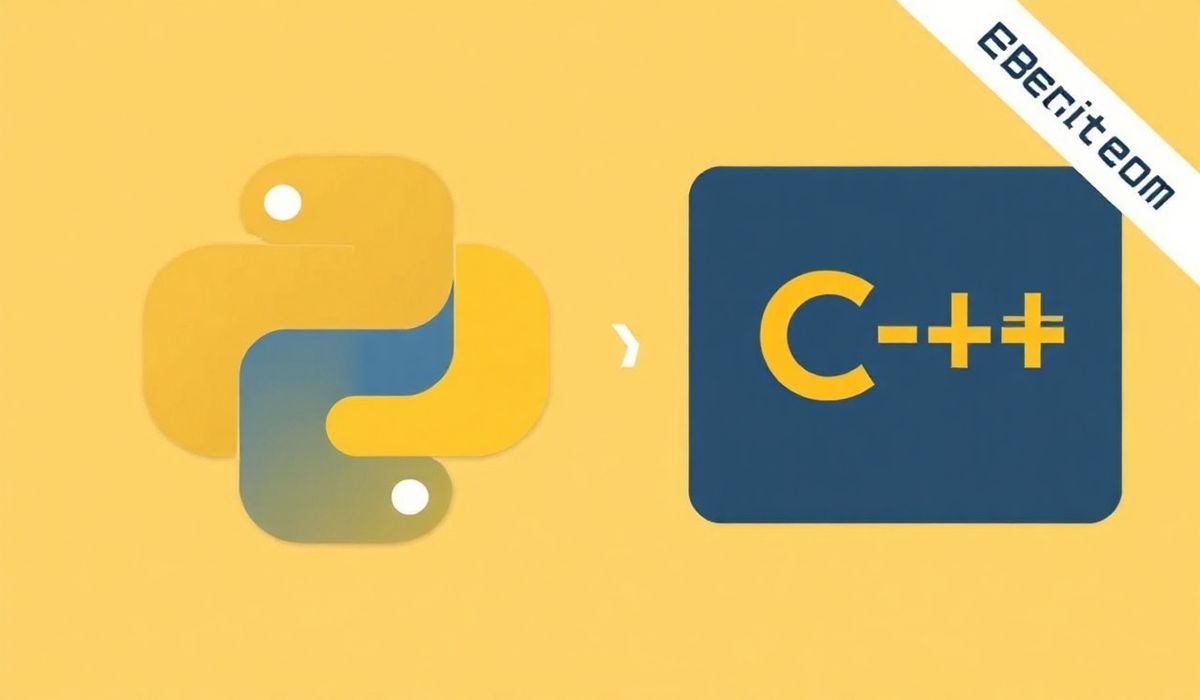Introduction to Shiboken2: Python Bindings for C++ Libraries
Shiboken2 is a vital part of the Qt for Python project, allowing developers to create Python bindings for C++ libraries. It simplifies the integration of C++ code into Python projects, bridging the gap between performance-critical systems and the flexibility of Python. In this post, we’ll explore Shiboken2’s features and share APIs with extensive examples and use cases for building applications.
How Shiboken2 Works
Shiboken2 generates Python bindings from C++ header files. It uses abstract syntax trees (AST) from the Clang library to parse C++ code, creating Python wrappers for the C++ code that can be imported as Python modules. Let’s dive into its capabilities and examples.
Key Shiboken2 APIs and Features
1. Argument Conversion
Shiboken2 automatically converts between Python and C++ types, handling function arguments seamlessly.
# Example: Conversion of arguments
double calculate_area(double length) {
return length * length;
}
# Python wrapper
import my_cpp_library
print(my_cpp_library.calculate_area(5.0)) # Output: 25.0
2. Class Wrapping
Wrap C++ classes to use them as Python classes.
// C++ code
class Rectangle {
public:
Rectangle(double length, double width) : length_(length), width_(width) {}
double area() const { return length_ * width_; }
private:
double length_;
double width_;
};
# Python usage
import my_cpp_library
rect = my_cpp_library.Rectangle(4.0, 3.0)
print(rect.area()) # Output: 12.0
3. Creating Custom Python Iterators
Shiboken2 supports iteration protocols in Python for C++ containers.
// C++ code
class NumberContainer {
public:
NumberContainer(const std::vector& numbers) : numbers_(numbers) {}
std::vector::const_iterator begin() const { return numbers_.begin(); }
std::vector::const_iterator end() const { return numbers_.end(); }
private:
std::vector numbers_;
};
# Python wrapper
import my_cpp_library
container = my_cpp_library.NumberContainer([1, 2, 3, 4])
for num in container:
print(num) # Output: 1, 2, 3, 4
4. Handling Signals and Slots
Connect Python signals to C++ slots for seamless interaction.
# Example: Using signals and slots
class MyReceiver:
def on_signal_emitted(self, message):
print(f"Signal received: {message}")
receiver = MyReceiver()
my_cpp_library.signal_emitted.connect(receiver.on_signal_emitted)
my_cpp_library.emit_signal("Hello, World!") # Output: Signal received: Hello, World!
Application Example: Building a Hybrid Calculator
Using Shiboken2, we’ll build a Python-based calculator app that uses a C++ library for heavy computations.
C++ Code
class Calculator {
public:
double add(double a, double b) { return a + b; }
double subtract(double a, double b) { return a - b; }
double multiply(double a, double b) { return a * b; }
double divide(double a, double b) { if (b != 0) return a / b; throw std::overflow_error("Divide by zero!"); }
};
Python Integration Using Shiboken2
# Python code
import my_cpp_library
calc = my_cpp_library.Calculator()
print(calc.add(10, 20)) # Output: 30
print(calc.subtract(40, 15)) # Output: 25
print(calc.multiply(3, 5)) # Output: 15
try:
print(calc.divide(10, 0)) # Raises exception
except Exception as e:
print(e) # Output: Divide by zero!
Conclusion
Shiboken2 reduces boilerplate work for integrating C++ libraries into Python by generating efficient and reliable bindings. With a wide range of functionalities from argument conversion to signal-slot handling, Shiboken2 makes it easier to create Python-C++ hybrid applications. The detailed examples and app wrapper provided highlight its potential for real-world applications.




